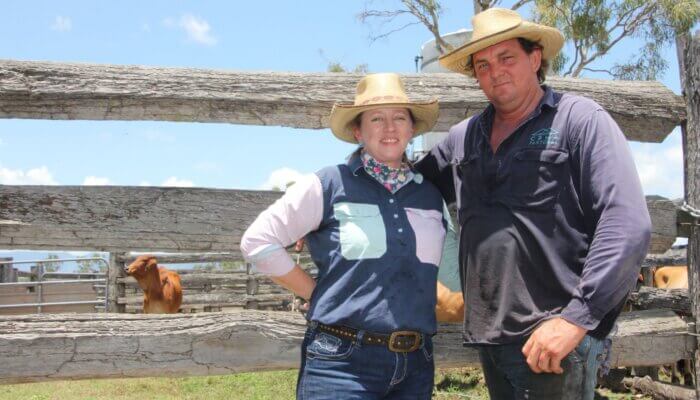Resources library - Land Managers
Land Managers Resources
Directory
Weeds of National Significance Directory

Landowners and land managers at all levels are responsible for managing Weeds of National Significance (WoNS). The WoNS were selected as they require coordination among all levels of government, organisations and individuals with weed management responsibilities.
Grazing for the future
Using new techniques and technologies in an age-old industry
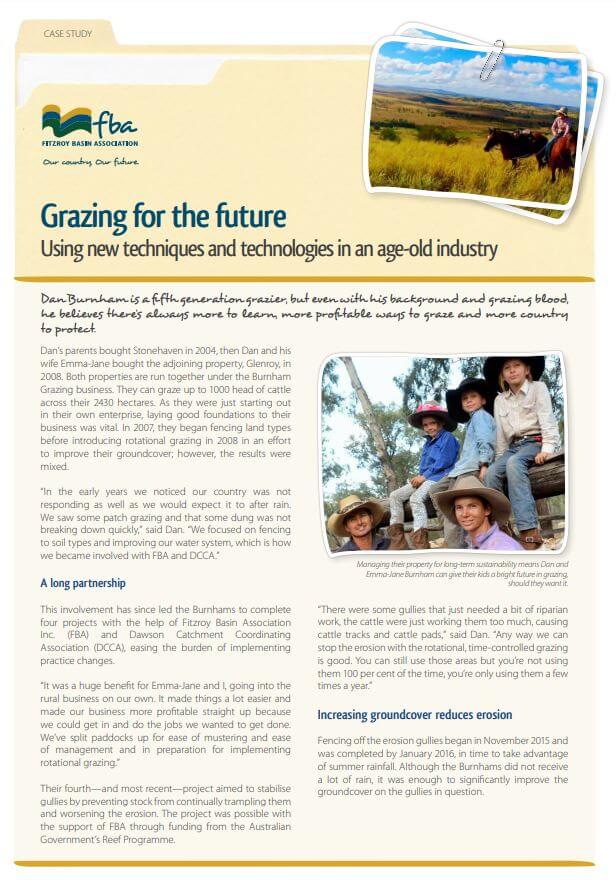
Dan Burnham is a fifth generation grazier, but even with his background and grazing blood, he believes there’s always more to learn, more profitable ways to graze and more country to protect.
Koala Habitat Fact Sheet
Koala Habitat Fact Sheet
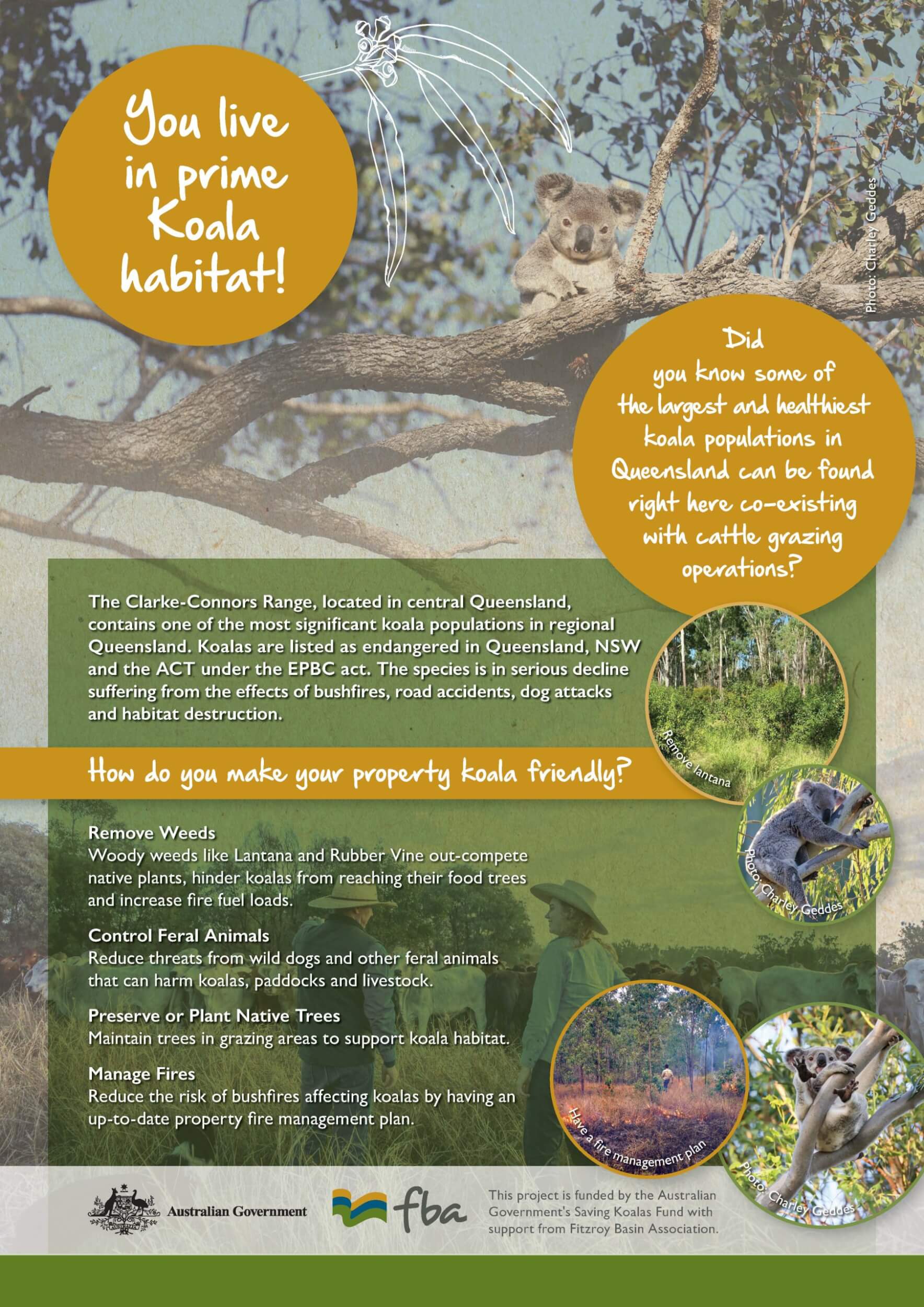
Did you know some of the largest and healthiest koala populations in Queensland can be found right here co-existing with cattle grazing operations? Learn how you can make your grazing property koala friendly and what the benefits are of doing so.
Benefits of undertaking Grazing BMP
Benefits of undertaking Grazing BMP
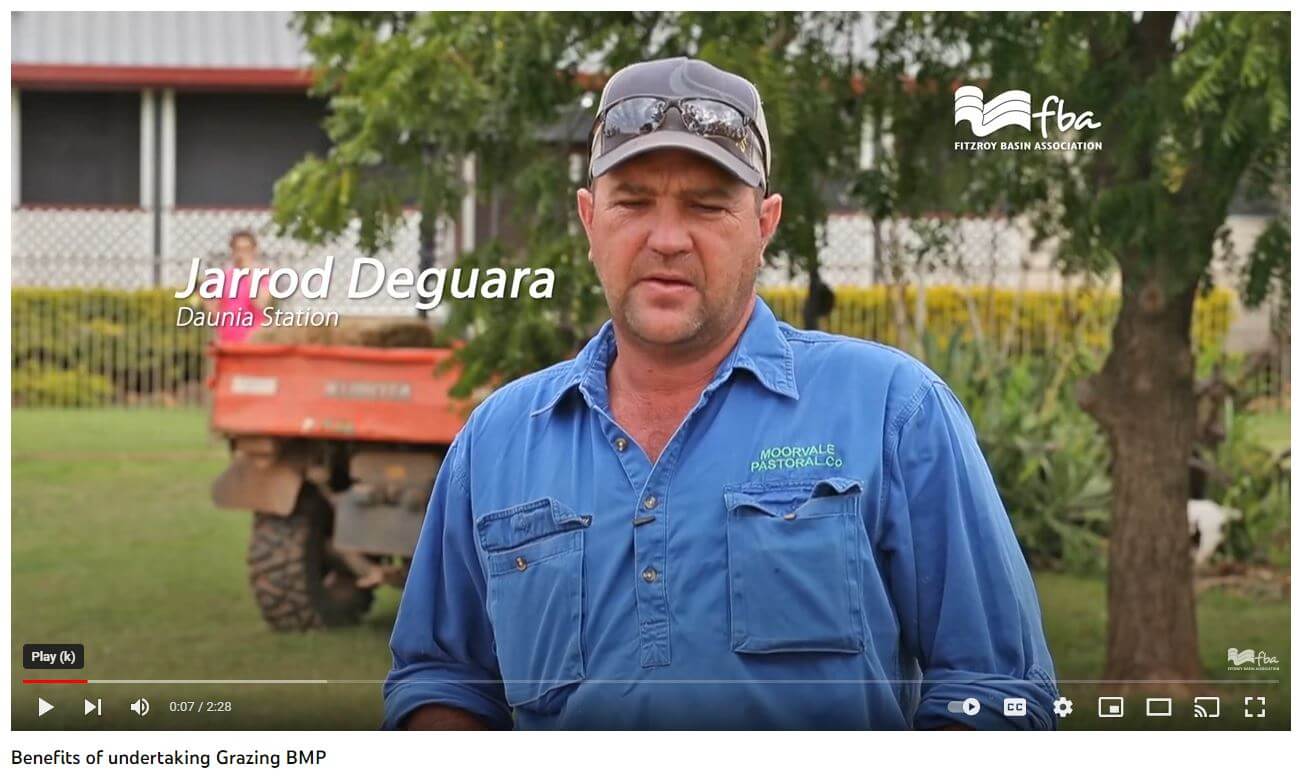
Central Queensland graziers talk about how they've benefited from undertaking Grazing BMP and how it's helping them to improve their production, management and land condition.
Supporting landholders to save their soils and the reef
Project Snapshot - Gully Remediation in the Fitzroy
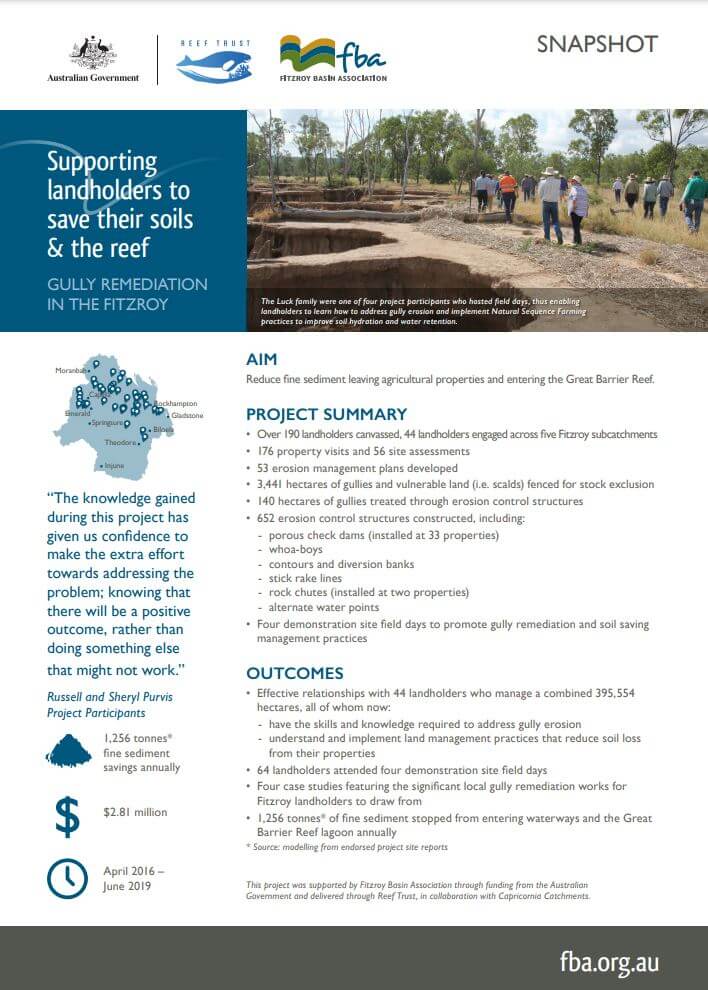
PROJECT SUMMARY • Over 190 landholders canvassed, 44 landholders engaged across five Fitzroy subcatchments • 176 property visits and 56 site assessments • 53 erosion management plans developed • 3,441 hectares of gullies and vulnerable land (i.e. scalds) fenced for stock exclusion • 140 hectares of gullies treated through erosion control structures • 652 erosion control structures constructed • Four demonstration site field days to promote gully remediation and soil saving management practices
Improving land management makes long-term sense
Improving land management makes long-term sense
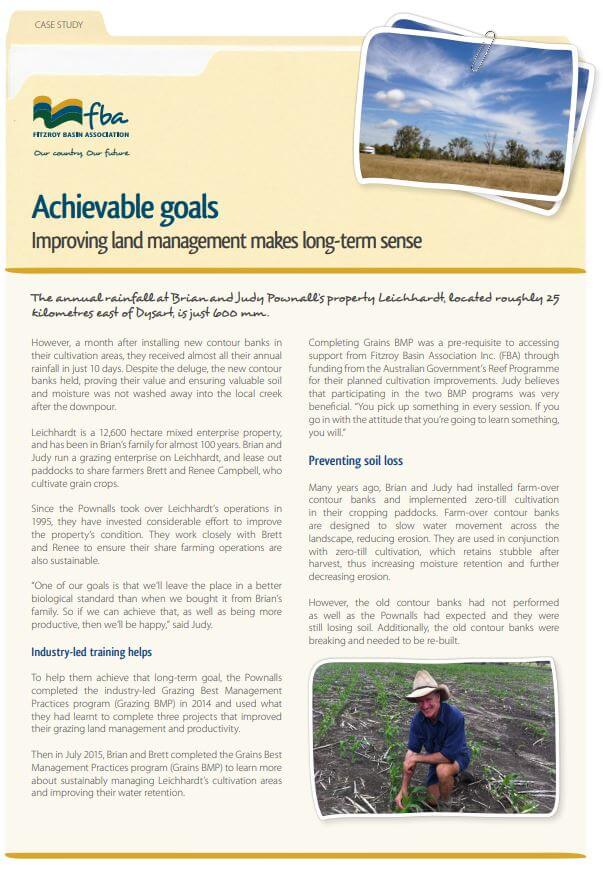
The annual rainfall at Brian and Judy Pownall’s property Leichhardt, located roughly 25 kilometres east of Dysart, is just 600 mm. However, a month after installing new contour banks in their cultivation areas, they received almost all their annual rainfall in just 10 days. Despite the deluge, the new contour banks held, proving their value and ensuring valuable soil and moisture was not washed away into the local creek after the downpour.
Fire in the Australian Landscape
The history of fire in the Australian landscape
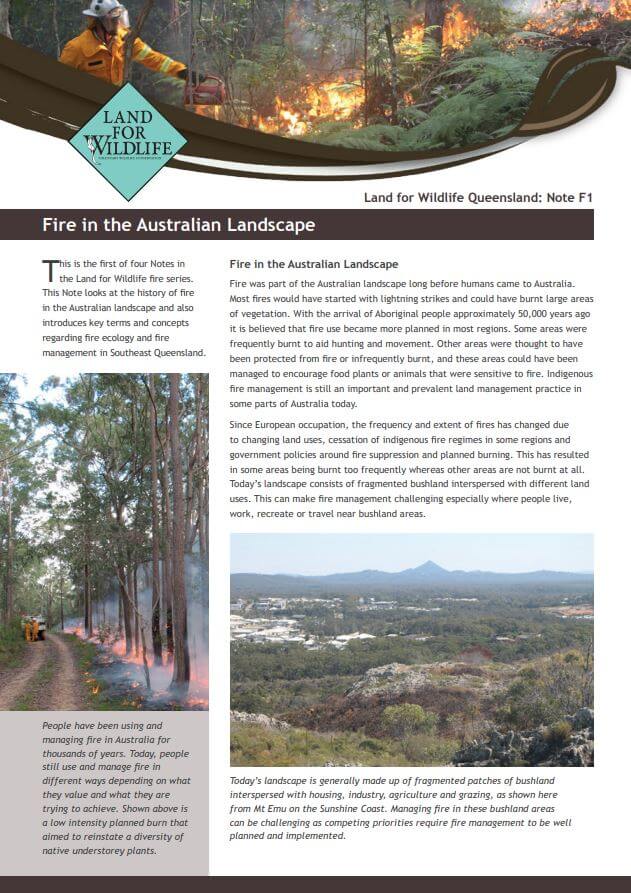
This is the first of four Notes in the Land for Wildlife fire series. This Note looks at the history of fire in the Australian landscape and also introduces key terms and concepts regarding fire ecology and fire management in Southeast Queensland.
Fire in the Australian Landscape
The complex topic of fire and wildlife
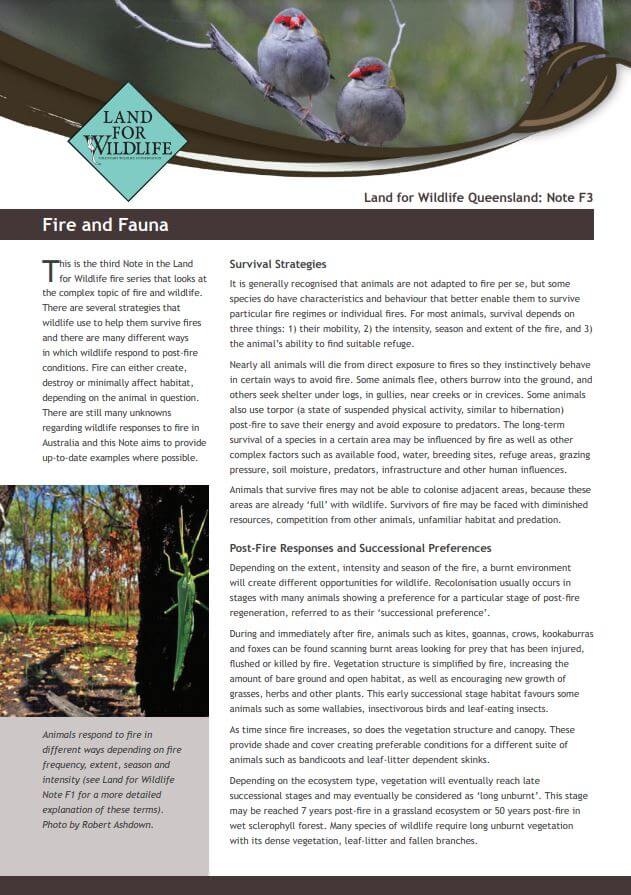
This is the third Note in the Land for Wildlife fire series that looks at the complex topic of fire and wildlife. There are several strategies that wildlife use to help them survive fires and there are many different ways in which wildlife respond to post-fire conditions. Fire can either create, destroy or minimally affect habitat, depending on the animal in question. There are still many unknowns regarding wildlife responses to fire in Australia and this Note aims to provide up-to-date examples where possible.
Fire in the Australian Landscape
The practicalities involved in planning for fire and reducing the risk of bushfire on your property
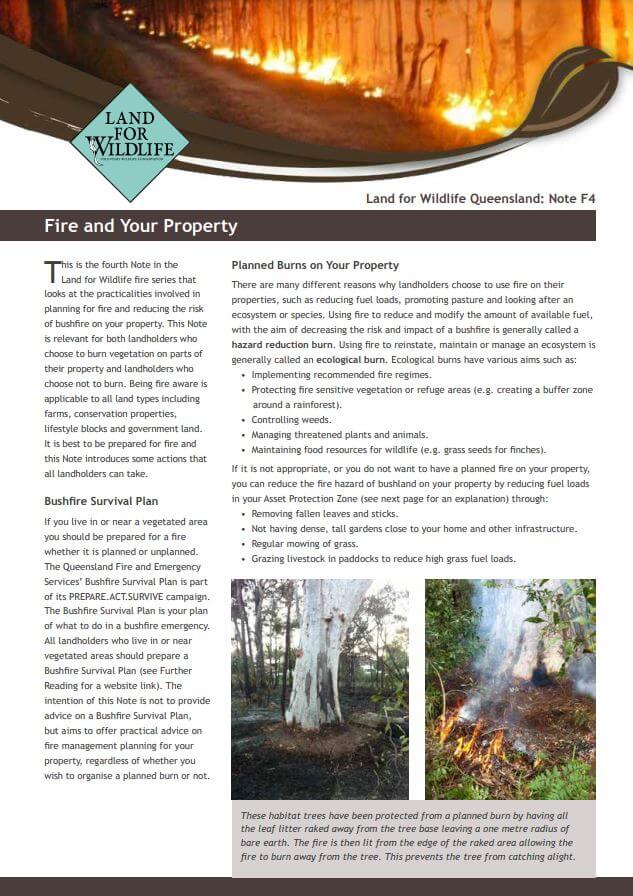
This is the fourth Note in the Land for Wildlife fire series that looks at the practicalities involved in planning for fire and reducing the risk of bushfire on your property. This Note is relevant for both landholders who choose to burn vegetation on parts of their property and landholders who choose not to burn. Being fire aware is applicable to all land types including farms, conservation properties, lifestyle blocks and government land. It is best to be prepared for fire and this Note introduces some actions that all landholders can take.
Growing better Halting run-off in horticulture
Growing better Halting run-off in horticulture
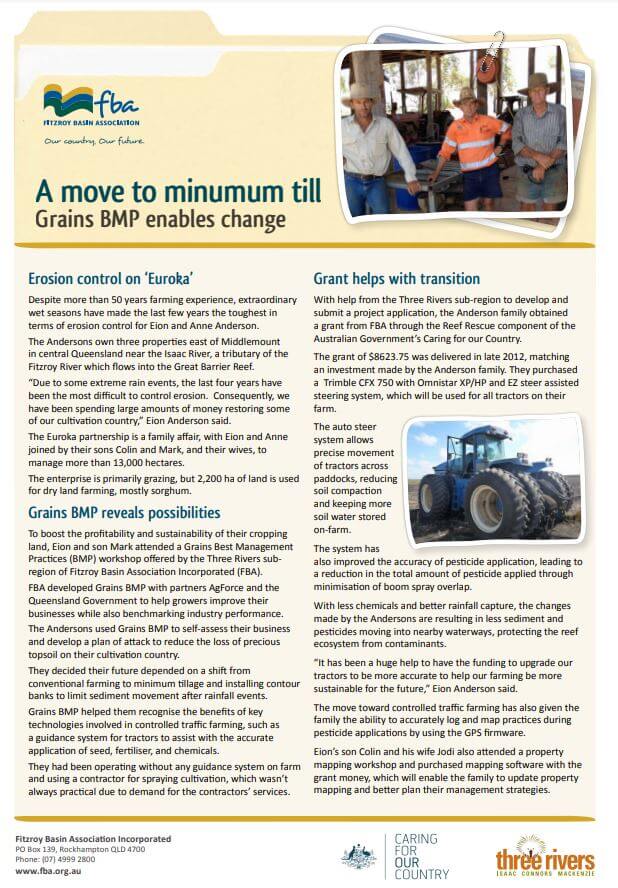
Rainy weather in CQ in the last few years has been a boon for local wetlands, and the fish, birds and other wildlife that rely on them. One local grower is helping protect local natural beauty by reducing run-off from his property.









